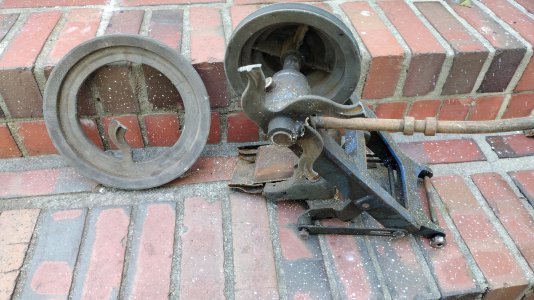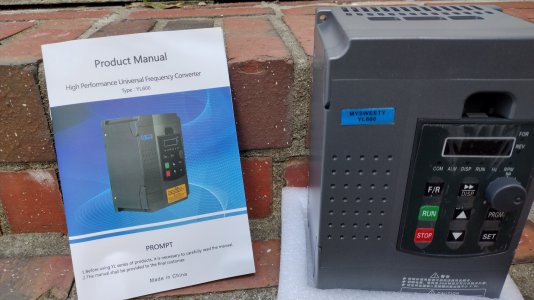- Joined
- Sep 21, 2022
- Messages
- 13
Hey guys, first time posting. First time owning a lathe, though I've wanted one for about as far back as I can remember. I picked up a 12" craftsman, with Babbitt bearings, for $100 a bit back.
Got started on cleaning it up and trying to make it useful again. I thought I'd share so I can hopefully get some guidance from all the experienced folks here.
Anyone have any thoughts on the ways? They have a few smaller dings and also some wear. I tried to measure the wear and seemed like only about 0.001" if I'm reading that right. It seems like the wear is just where the saddle rides so may not be a big deal? I gently went over the ways with some 400/800/1000 grit flat stones to try to knock down the impact spots a bit and it feels, by touch, much nicer.
Also, the threading chart is pretty rough. Can I paint this black and then gently sand the paint off the raised portion? Any other ideas on how to bring back the contrast? I lightly rubbed the top left corner with some scotch pads and the "brass" seems to scrub off leaving behind grey metal; similar to what's happening to the middle portion, but I didn't do that part, I'm guessing it's maybe UV fading.
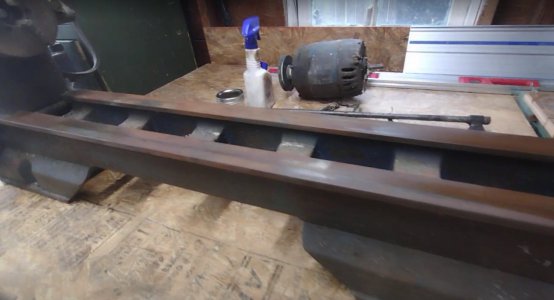
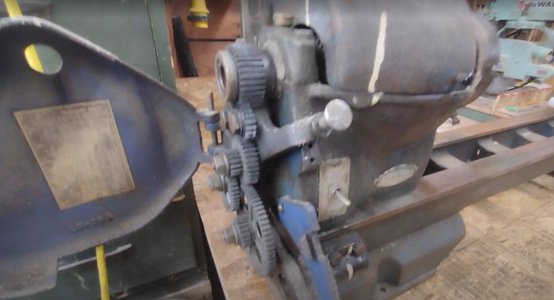
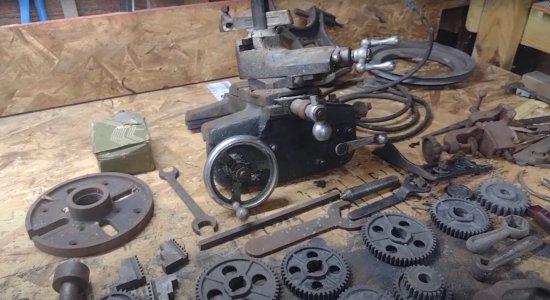
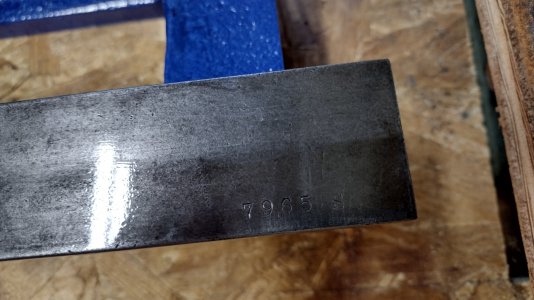
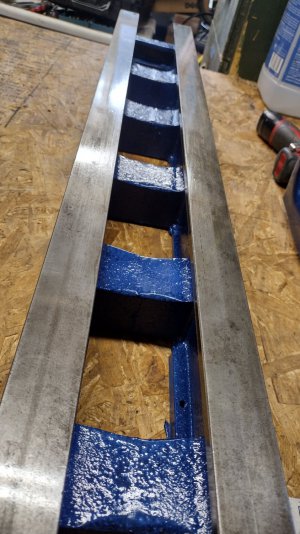
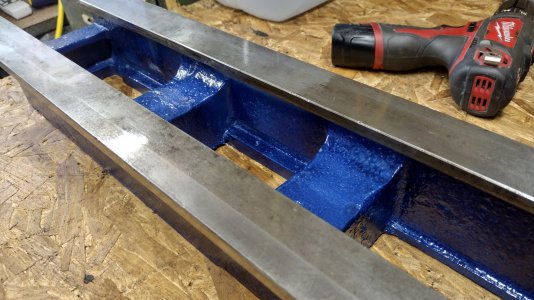
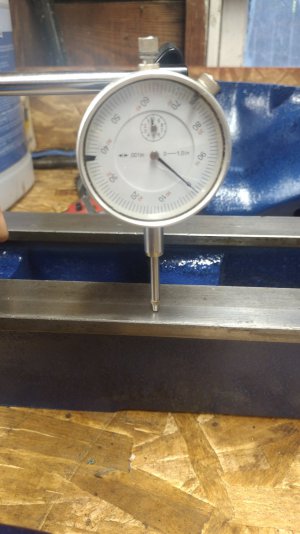
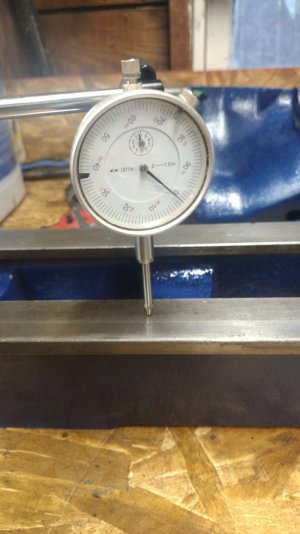
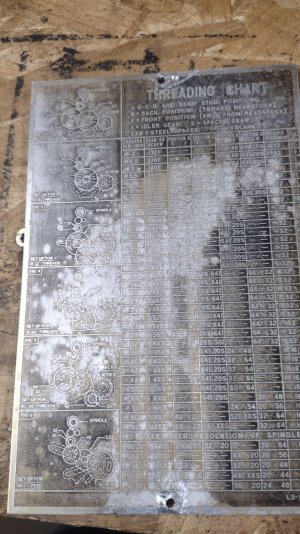
Got started on cleaning it up and trying to make it useful again. I thought I'd share so I can hopefully get some guidance from all the experienced folks here.
Anyone have any thoughts on the ways? They have a few smaller dings and also some wear. I tried to measure the wear and seemed like only about 0.001" if I'm reading that right. It seems like the wear is just where the saddle rides so may not be a big deal? I gently went over the ways with some 400/800/1000 grit flat stones to try to knock down the impact spots a bit and it feels, by touch, much nicer.
Also, the threading chart is pretty rough. Can I paint this black and then gently sand the paint off the raised portion? Any other ideas on how to bring back the contrast? I lightly rubbed the top left corner with some scotch pads and the "brass" seems to scrub off leaving behind grey metal; similar to what's happening to the middle portion, but I didn't do that part, I'm guessing it's maybe UV fading.










